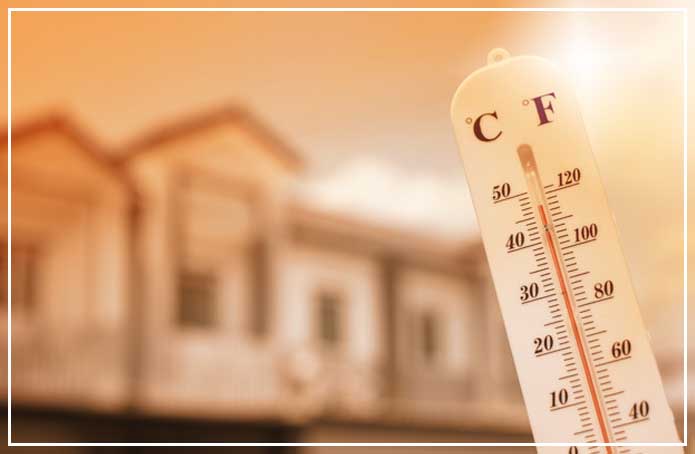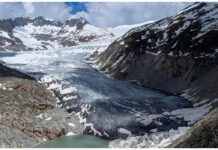Globally the heat wave is rising to its peak, by the end of this week; a dangerous heat wave will cover roughly two-thirds of the nation, from Wisconsin to Boston announcing heat emergencies. On Saturday, above 100 local heat records are expected to be broken, as temperatures remain high even at night, according to the National Weather Service.
So, it is very important to stay cool. Especially, old people, small children and people, who are actively engaged in outdoor activities, such as construction work and athletes.
The sensation of dizziness or sluggishness outside on a scorching day could be your body’s signal for a more serious condition.
Some of the stages where one can sense heat stroke are discussed below:
Stage 1
Heat cramps
The first stage to sense is heat cramps. Rigorous muscle spasms occur as a result of salt and water loss, then this takes to the level of high exertion, most often it occurs in the hands, calves, and feet. Muscle spasms can suddenly stop on their own, but persistent symptoms of discomfort often stays for 24-48 hours.
Stage 2
Heat exhaustion
Next critical stage is heat exhaustion. More than just feeling shattered is heat exhaustion. It is a serious condition caused by exposure to high temperatures, humidity, and laborious physical activity.
Heat exhaustion occurs when the body’s core temperature increases to 101-104 degrees Fahrenheit.
Symptoms include:
- headache
- low-grade fever
- nausea or vomiting
- increased thirst
- generalized weakness
- muscle ache or cramping
Feeling restless and nervous are common and some people may even faint as blood pressure gets lowered. This improper regulation of circulatory system by heat exhaustion can lead to stroke or other a life-threatening conditions, if left untreated.
Stage 3
Heat stroke
The third and final stage is heat stroke and is considered a medical emergency — get help fast. This stage is a critical condition which is a result of prolonged heat exposure or physical exertion. A heat stroke is demonstrated when the body’s core temperature reaches 104 degrees Fahrenheit or higher.
Symptoms include:
- confusion due to lack of blood flow to the brain
- reddened dry skin
- lack of sweat
- organ failure
- Convulsions or seizure.
Fortunately, these conditions can be overcome with some simple preparation and paying close attention to one’s body.
Some safety tips include:
- Repeated hydration: drink a cup of water every hour.
- Avoiding alcohol — alcohol and even caffeine can actually dehydrate the body.
- Keep an eye on the temperature — check the outside temp throughout the day.
- Limit tiring activity — particularly during peak hours of the day 11 a.m. – 4 p.m.
Other ways to monitor how one’s body is doing when in the heat is to check the color of the urine — dark yellow urine means time to hydrate. One would expect to sweat a lot if out in the sun, but if there is decreased sweating it’s another sign of dehydration so limit any laborious activity.
If anyone shows danger signs of heat exhaustion:
- Shift the person out of the heat and make them lie down in a cool environment.
- Place cold water on the individual.
- Compel the person to drink cool water or a non-alcoholic, non-caffeinated beverage.
- Remove tight or heavy clothing.
- Take the individual’s temperature if a thermometer is readily available.
- Call for ambulance or help if needed and monitor the individual closely.
“Take All Preventive Measures Once Moving to Open Area Outside The Closed Arena”
“Always Carry A Bottle of Water With You”

























